
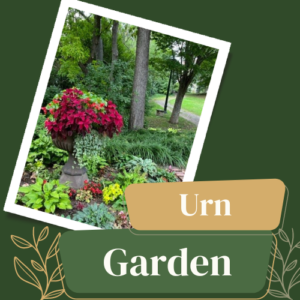
Welcoming guests to the property, this garden is characterized by a flourishing bed of shade-friendly hosta and the urn itself, which is home to a changing array of plants. Nearby pansies, which bloom each spring, evoke a more solemn reference: A surviving dress of Olivia Clemens’s — possibly worn for an anniversary of her son Langdon’s death — was black with a pansy motif, pansies being a symbol of remembrance. On a lighter note, in The Adventures of Tom Sawyer, a flirtatious Becky Thatcher tosses a pansy to Tom.
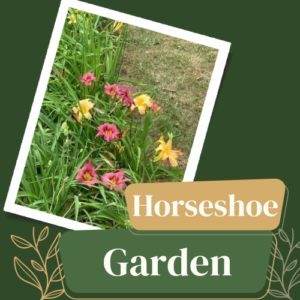
This garden features hundreds of narcissus flowers in the spring. In the summer, you’ll find a variety of daylilies, Black-Eyed Susan’s, and blooming hydrangea shrubs. Sycamore trees shade the area.
This area was dedicated in spring 1998 by the Friends of the Mark Twain House in loving memory of Patricia C. and Dr. John J. Haugh for their longtime support and service to the Museum.

In this area you’ll find a brick-lined garden with red-twig dogwood shrubs. Their scarlet branches add color even in the dead of winter, while their variegated leaves stand out in summer. To the right, at the foot of the paved path, roses as well as sedum and variegated lariope, an ornamental grass, have been planted. The winding trail that makes the museum more accessible is surrounded by native shade-loving plants. It is also meant to evoke the former paths that led through the Nook Farm woods south from the Carriage House that were used by the Clemenses to visit neighbors.
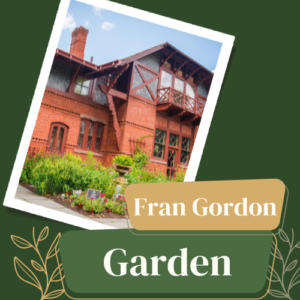
Our patio garden is the perfect complement to the Clemenses Carriage House. While we do not know if or what the Clemenses planted here, with some historical context and hints from one particular book, we have created a garden that reflects what those in Nook Farm would have looked like using historically accurate plants. In 1883, Livy Clemens gave their gardener Daniel Molloy a copy of horticulturalist Peter Henderson’s Practical Floriculture. Molloy’s copy of this book survives to this day, and his markings give us some evidence of what might have been planted on the grounds — especially flowers that were at their peak in late summer, when the Clemenses would return from visiting family in Elmira, New York.
This garden is dedicated to Fran Gordon, founder of the Friends of The Mark Twain House & Museum.
Learn more about the plants
In honor of Sam’s interest in the bee, this garden is a “pollination garden,” designed to attract bees and butterflies. In the summer, the garden is in full bloom and in winter it is purposefully left natural and untrimmed to allow birds, bees, and other animals to use the plants as shelter and food. The majority of the plants in this garden have been donated by friends and volunteers.
Learn more about the plants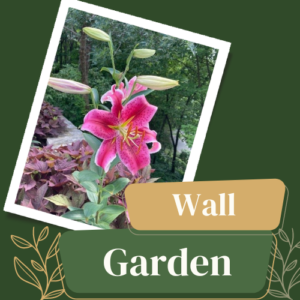
The wall above the Visitors Center entrance provides a raised, narrow garden that is designed to survive with a lower level of maintenance. Planted here you’ll find spring bulbs, followed by lilies and sweet potato vines. And yes, when volunteers close the garden down in the fall, they have found sweet potatoes!
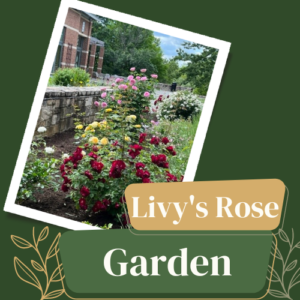
Olivia Clemens, called Livy by her family and friends, loved having fresh flowers in her home and had a particular fondness for roses. She had her gardeners Daniel Molloy and John O’Neill grow them in the greenhouse.
This rose garden was created in memory of Olivia. Most of the plants were given to the Museum by the Heritage Rose Foundation.
Learn more about the plants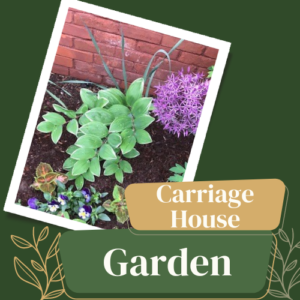
Tucked along the north side of the Carriage House, this garden contains shade-loving and shade-tolerant plants that are historically correct for the Victorian period.
Learn more about the plants
This garden is at the center of the curved drive where carriages and sleighs turned around to return to Farmington Avenue. It is one of the best-documented gardens kept by the Clemenses. In an autobiographical dictation in 1906, Samuel Clemens described the driveway: “This was a single road, and was like a spoon whose handle stretched from the gate to a great round flower-bed in the neighborhood of the stable. At the approach to the flower-bed the road divided and circumnavigated it, making a loop.” The garden you see today is historically correct, not only because it contains plants popular in that era, but also because it follows Victorian design principles. The plantings are in a geometric form, following the precepts of prominent garden designer Beatrix Farrand (1872-1959).
This garden is dedicated to Gail and Ed Thibodeau and funded by their generosity.
Learn more about the plants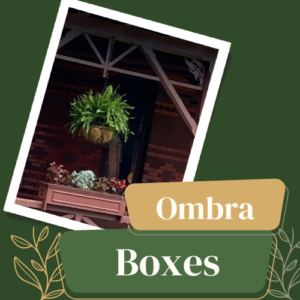
The large porch on the Clemens home is referred to as the Ombra, which is Italian for shade. The boxes on the Ombra railings are changed seasonally, using plants popular for such uses during the Clemenses’ era. Hanging plants are visible in historical photographs of the House. Today, we replicate this scene using ferns, a popular plant in Victorian times.

The wisteria vine that has graced the front of the Mark Twain House since about 1920 shows off its lavender hanging blossoms each spring. However, it is not contemporaneous with the Clemenses. In 2016, after an older trellis blew down in a storm, scout Austin Bednarz built the new one as an Eagle Scout project. Periwinkle, or vinca, grow below the vine as a ground cover.
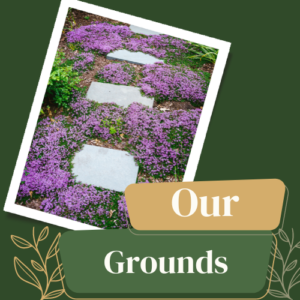
The Mark Twain House gardens and conservatory are under the watchful care of University of Connecticut Master Gardeners. For over a decade they have worked with the plantings and landscaping on the grounds, combining a staggering amount of horticultural skill with an artist’s eye, and creatively incorporating historical hints and tributes into their work.
Learn more about our grounds
Help us map the different microclimates here at the museum! Use your observational skills to check off every plant you see blooming in our gardens.
Try One of Our Scavenger Hunts!